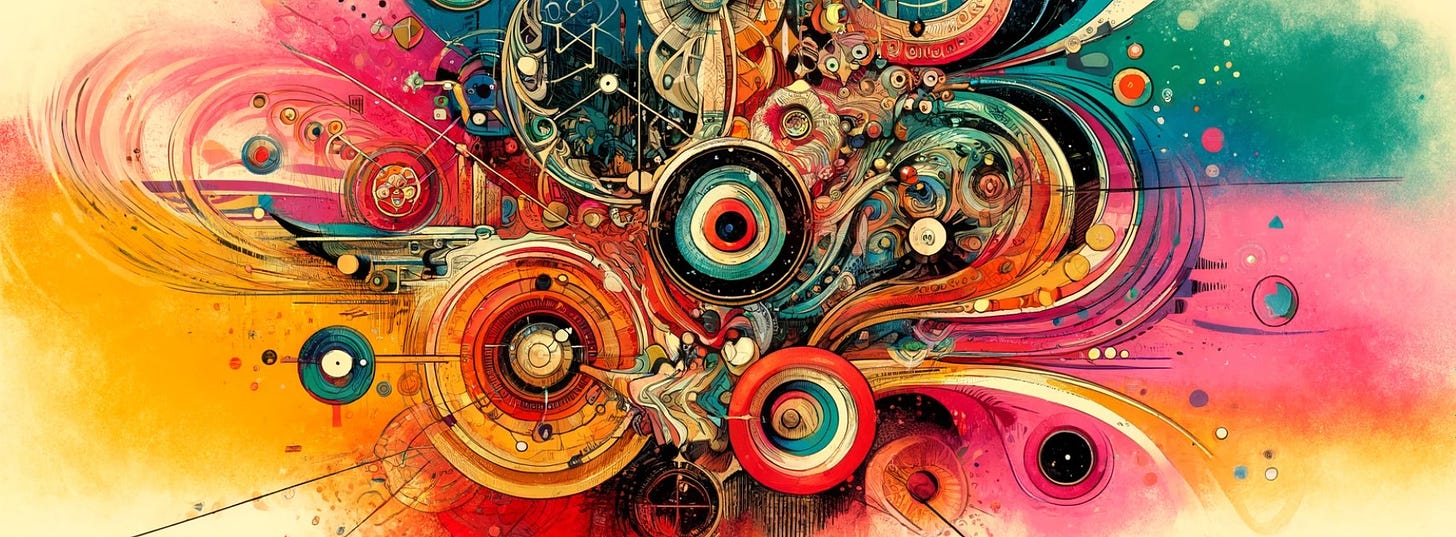Here are 10 theories of everything (TOEs)
An overview of different theories on the nature of existence, in five minutes.
You may know that I interview researchers on their theories of reality, which are primarily physics-based, though I also include theories of consciousness. The conversations can be quite technical and lengthy, ranging from 2 to 4-hour-long podcasts.
If you'd like to read a compendious collection of 10 Theories of Everything (TOEs), here you go. This is in no particular order.
Wolfram's Physics Project
This utilizes so-called hypergraphs, which are essentially a generalization of dots connected by lines. The universe evolves through some “rule-based transformation” of these hypergraphs, with the hope of converging on a unique, minimal rule set. The goal is to discover the rules that generate our universe; otherwise, it'll face a similar landscape problem as string theory.
By the way, the term “Wolfram’s” Physics Project is a misnomer. It should actually be the Gorard Physics Project, and even more technically, it should be the Gorard Metamathematical Project. But even slightly more techni…
Keep reading with a 7-day free trial
Subscribe to Curt Jaimungal to keep reading this post and get 7 days of free access to the full post archives.





